Aromantic Spectrum Awareness Week Series: Day 7 – Previous Posts: Introduction to Aromantic Spectrum Awareness Week Series – The Excitement and Frustration of Being “Alone” – Actual Love – Being Surrounded by Something You’ve Never Quite Understood – On Writing Aromantic Characters in YA – Discovering Aromanticism – Broken, Villains, or Punishment
by Laya
It seems these days that almost every single YA book needs to have a romantic subplot, and it’s rather exhausting. Especially when so many of them are straight/white/cis. I’m not saying romance in fiction is bad – portrayals of all kinds of romantic relationships and experiences are definitely important – I just wish it wasn’t seen as necessary in every single narrative. When it makes sense in the story, romance can be a great addition, but so many stories would be just as good without it. There are so many other things that can happen in people’s lives that create conflict and character development! But ‘happily ever after’ seems to mean ‘happily in a romantic relationship’.
It’s not just representation of aro characters that is important, it’s also showing that romantic love itself isn’t more valuable than any other kind of love. Books that focus on platonic relationships, showing that romantic love isn’t needed for everyone, is so important for all readers, not just those on the aromantic spectrum. Little things like saying ‘oh no, we’re just friends’ (as if friendship is a lesser kind of relationship than romance), equating love with humanity (sure, it might be referring to all kinds of love, but usually that’s not specified), or having every single character ‘end up with someone’ at the end of a book are all things that a lot of people don’t even notice – but to an aromantic (and many asexuals), these things stand out. Including aromantic characters in your writing is great (and desperately, desperately needed) but that’s only one step – it’s just as important to be aware of the amatonormativity in other aspects of storytelling. A great example of being aware of this is in Kayla Bashe’s To Stand in the Light:
She had to make them realize that even though she was small and funny, she was truly grown up. That she had a woman’s feelings- and a woman’s desires. Well, the type of feelings and desire that happened to an allosexual, alloromantic woman, at least.
Obviously adding that kind of thing isn’t going to work every time, but it’s so much nicer to read than if it had been lacking that third sentence.
Another example of a book that doesn’t have an (explicitly stated) aromantic character, but still has some relevant discussion of amatonormativity (and heteronormativity) is Mechanica by Betsy Cornwell. This is a Cinderella storytelling, and although there is some romance between her and the prince, she ultimately realises they would be better as friends, and that the love she had from other characters was just as (if not more) important.
All the things I’d learned from novels, from Faerie tales
[…] had taught me that the love I’d thought I’d found in Fin was the best kind to be had. That the reason behind all of life and all of love in the first place was to find someone, love him, and let that love become the foundation for the rest if your life. […] But what was I without that ending? No less me, no less myself. No less loved than I had ever been, not really.But of course, representation of actual aromantic characters is a much more direct contribution to aromantic visibility. Aromantic characters are almost unheard of in YA (or any) fiction. The few that exist are almost all either done unintentionally, or it’s as a part of asexuality. Neither of these are necessarily bad, but the word ‘aromantic’ and explicit discussion of aromanticism are almost unheard of in fiction.
Some books, such as Clariel or The Fire’s Stone, have aromantic characters that seem to be unintentional – as if the author thought ‘it suits this character’s story to have them not interested in romance’ rather than them actually knowing about aromanticism (and asexuality)*. I do love both these books, but their aromanticism does read as a little too tied to other character traits. Because there’s so little other representation, this could be misleading. Other characters are explicitly asexual, but their aromanticism is implied. Again, this can be a case of the authors not being educated enough, or just wanting to keep it simple, but it can imply they’re the same thing. Which they’re not.
The problem is that there’s almost no intentional aromantic representation in YA – or any books at all. In fact, the only aromantic spectrum characters I can think of written by an aromantic author are Isis and Alex from the Shape Shifter Chronicles by Lauren Jankowski. The only one I know using the word aromantic is Make Much of Me by Kayla Bashe. There are so many characters who are almost aromantic-spectrum. Characters who seem aro but then they find ‘the one’ (which could mean they’re demiromantic or grey-a, but it usually just reads like it was inevitable, and therefore is for all aromantics), characters who just don’t have any romantic subplot or mention of it around them, and of course the robots/aliens/demons who are ‘aromantic’ because of their species (which is not always bad, but in many cases implies – or outright states – that romantic love = humanity). With just a little bit of discussion of the aromantic spectrum in-text, so many of these characters could count as proper aromantic representation! But because there isn’t, we’re only left with ‘almost’s and ‘maybe’s. Saying ‘we need more aromantic characters like x’ is almost pointless, because we need representation of pretty much every kind – as long as it’s not harmful.
There’s been more and more representation of asexuality in YA recently – I hope aromantic representation follows suit.
Some aromantic characters in YA (and NA):
Aromantic: Niavin from The Fae Feast series, Kevin from Guardian of the Dead, Eshvat, Gershom and Stella from the Mangoverse series, Jo from Make Much of Me, Clariel.
Demiromantic: Regan from Chameleon Moon (Wren and Lisette are also aro), Darcy from Afterworlds.
Could be read as aro-spectrum: Katsa from Graceling, Mia from The Change series, Lirael, Liraz from Daughter of Smoke and Bone, Katniss from the Hunger Games.
*I don’t actually know if these authors know much about aromanticism and asexuality, this is just the way it seems. Apologies if I’m wrong.
—
Laya is an aro-ace spectrum artist from New Zealand. She loves reading – especially LGBTQIAP+ speculative fiction – tv shows (of the same genre) and drawing fanart of those things. She is currently studying a Bachelor of Design. You can find her on Twitter and Tumblr (art blog | book blog). Her aroace book (and webcomic) rec list is here.
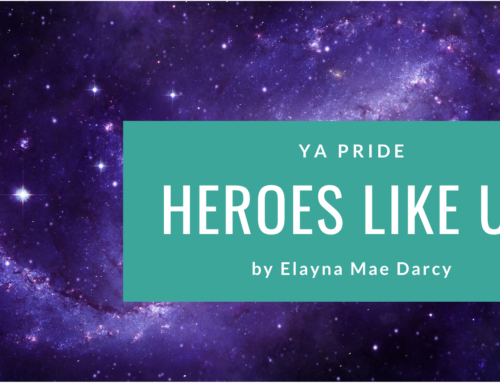
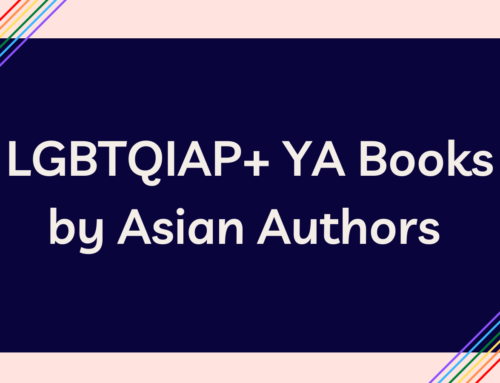
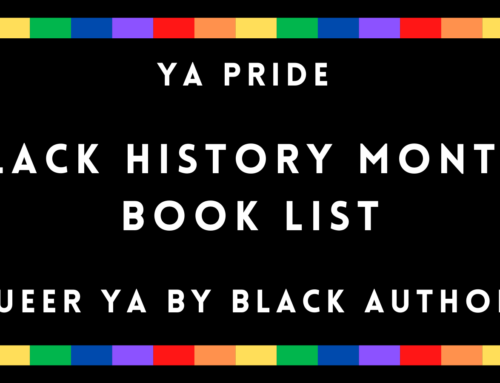
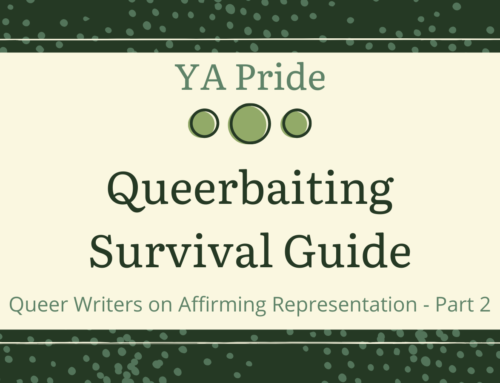
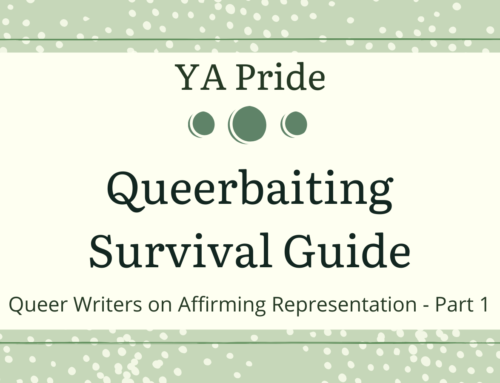
I don’t know if you’ve seen any of these, but they’re all aromantic:
https://lessthanthreepress.com/books/index.php?main_page=index&typefilter=bookx&bookxfilter=bookx_genre_id&bookx_genre_id=44
(and all part of an ace/aro collection: https://www.lessthanthreepress.com/books/index.php?main_page=index&cPath=106_136)
They’re adult rather than YA, but I thought a few of them might be of interest anyway since it really is still nigh impossible to find aromanticism, especially explicitly, clearly stated aromanticism.